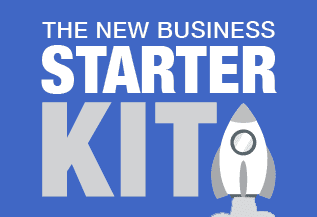
What You Need to Know Before You Set Up a SMSF
 In this blog we will explain what a Self-Managed Super Fund is and some of the advantages and disadvantages of having your own Self-Managed Super Fund.
In this blog we will explain what a Self-Managed Super Fund is and some of the advantages and disadvantages of having your own Self-Managed Super Fund.
Let me say right up-front, while the number of self-managed superannuation funds in this country has exploded in recent years they are not for everyone. You need to seek professional advice before you go down the Self-Managed Super Fund pathway.
By way of definition, a SMSF is basically a do-it-yourself super fund and the sole purpose is to provide retirement benefits to the members. These funds have a maximum of 4 members and each member acts as a trustee of the super fund. A SMSF is governed by a Trust Deed which outlines the formal set of rules of operation for the fund. The fund must have an investment strategy which details where it can invest, and it must have its own bank account and be audited annually. It must also lodge a tax return with the Australian Taxation Office (ATO).
There are 5 main advantages of having your own Self-Managed Super Fund.
Firstly, you have more control over where you invest your retirement savings. As a trustee of your own Super Fund, you can control where your retirement savings are invested. You can transfer personally owned shares and managed funds into your super fund and you can devise your own investment strategy and actively manage your portfolio as markets change. Your own Super Fund also provides portability because your account stays with you wherever you go provided you remain within the framework of Australia’s superannuation laws.
Secondly, a SMSF provides greater investment flexibility as you have a wider choice of investment options including listed shares, bonds, listed investment companies, exchange traded funds and direct property. A Self-Managed Super Fund can also own ‘business real property’ (that is, property used wholly and exclusively for business).
The third major advantage is potentially Lower Management Fees. Unlike retail and industry based super funds, the members of a SMSF can combine their assets to accumulate retirement funds. This can provide a more cost effective outcome because a SMSF with pooled assets in excess of $200,000 can generally reduce the average cost of managing the fund to below 1.0% per annum.
Another advantage is the potential for higher returns. There is no guarantee but with more control, a wider range of investment options and lower fees it is possible.
Finally, a SMSF provides some key tax concessions. They have a flexible structure and provide families with a vehicle to pool their resources and grow their wealth together. As such, you can effectively transfer wealth between generations and these estate planning benefits may not be available through conventional superannuation products. They also offer maximum asset protection at the same time. Earnings in your SMSF are taxed at the concessional rate of 15% and capital gains on investments held in your SMSF are taxed at an effective rate of 10% if they are held for longer than 12 months. They also provide maximum flexibility in establishing and managing pensions.
While these advantages certainly make a Self-Managed Super Fund sound attractive, they don’t suit everyone. There are strict
regulations and if you are contemplating starting your own SMSF we urge you to consult with us. It is an important decision and we can
certainly help you establish, administer and maintain your fund.
Contact Us:
More Than Numbers are a boutique accounting firm based in Erina on the Central Coast of NSW.
More Than Numbers Service Areas:
central coast financial services | Erina | Gosford









